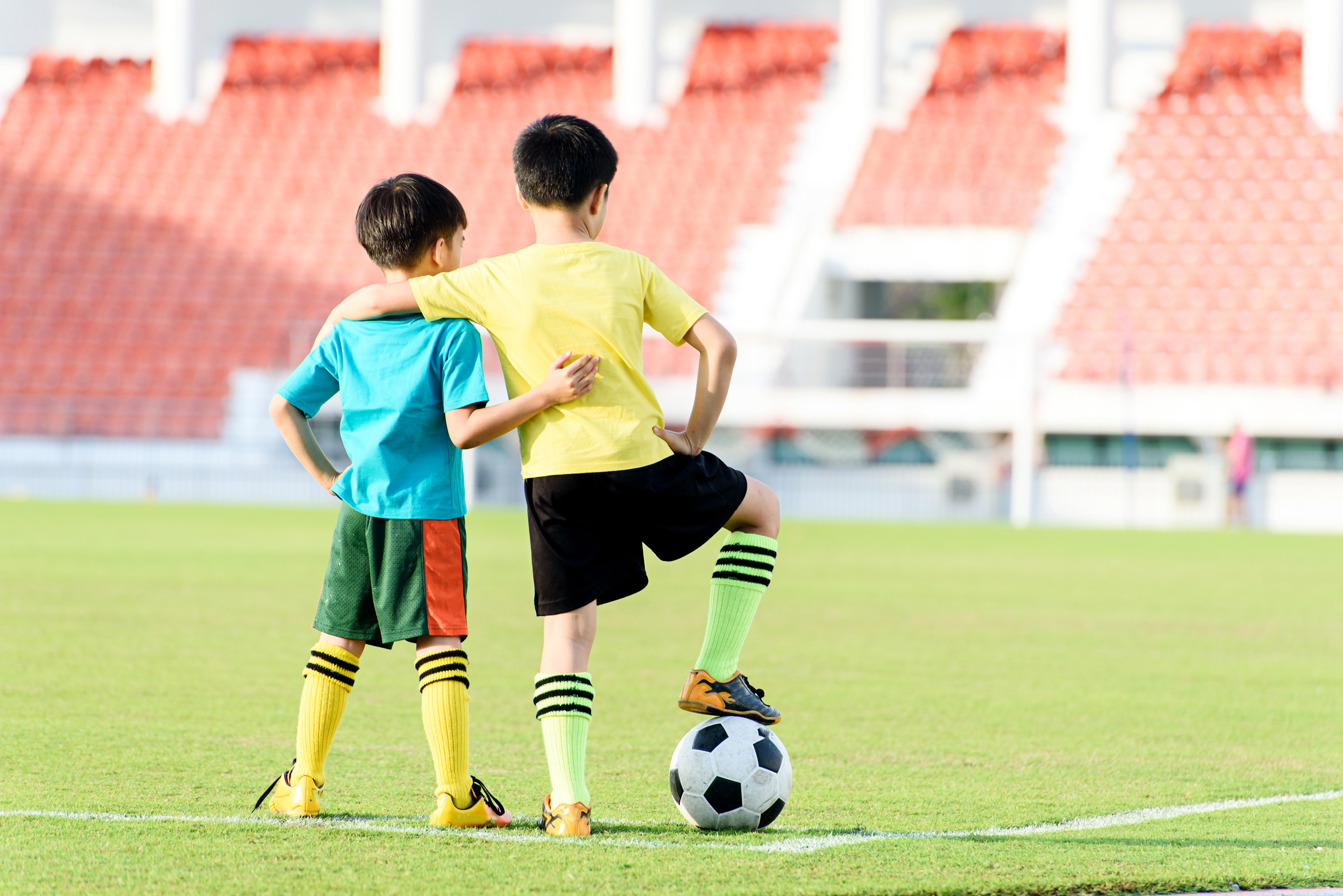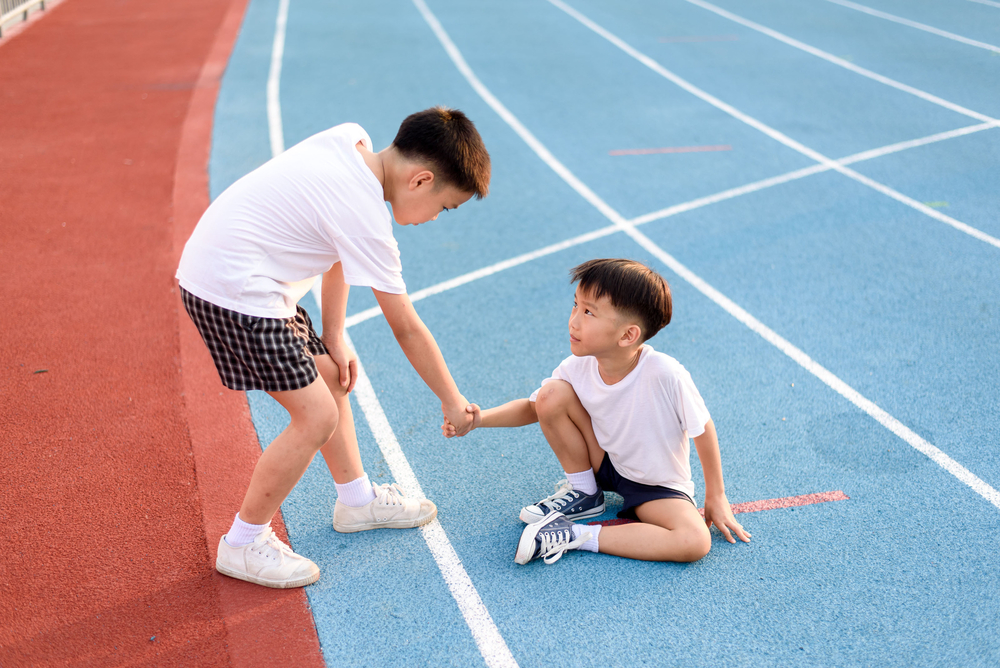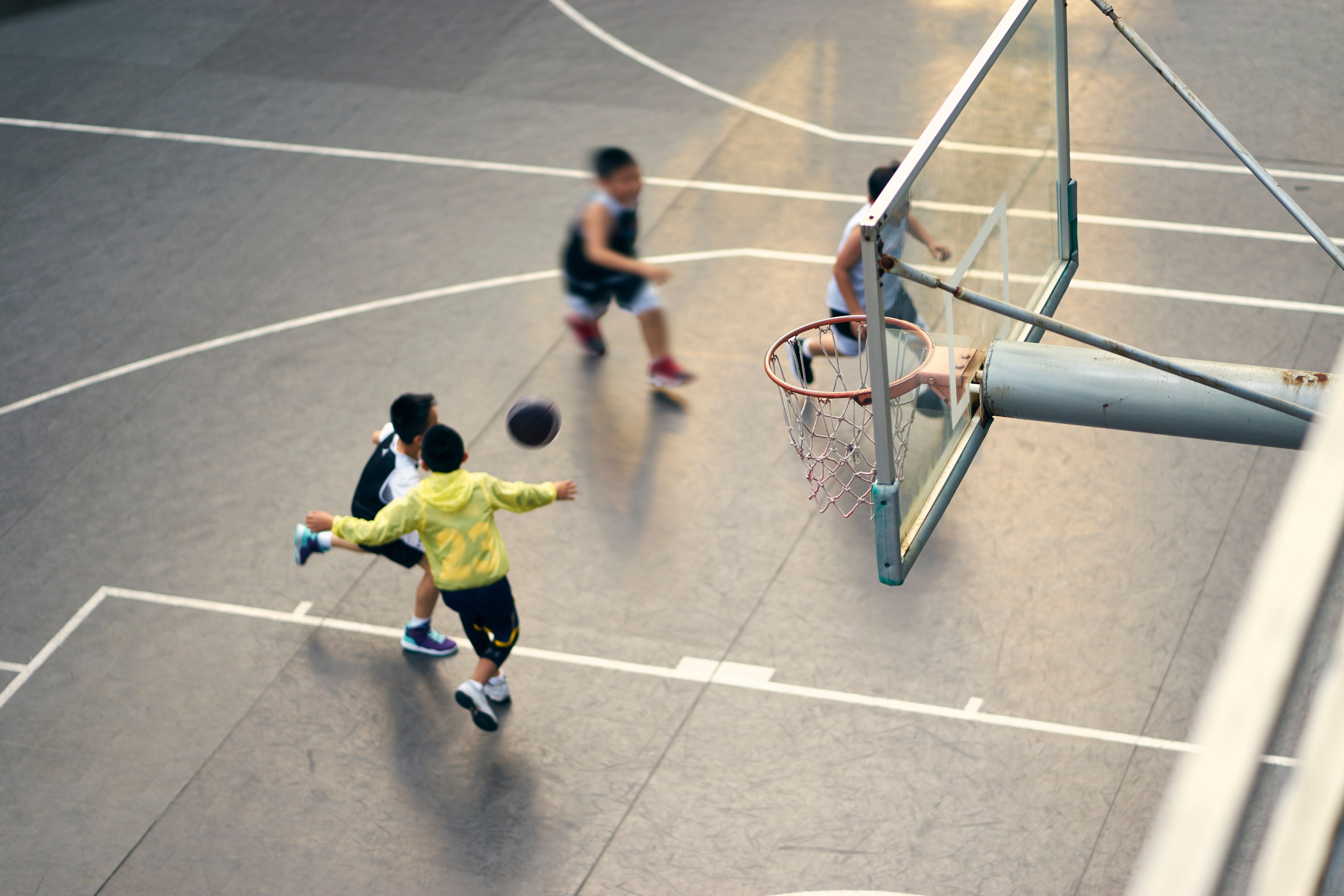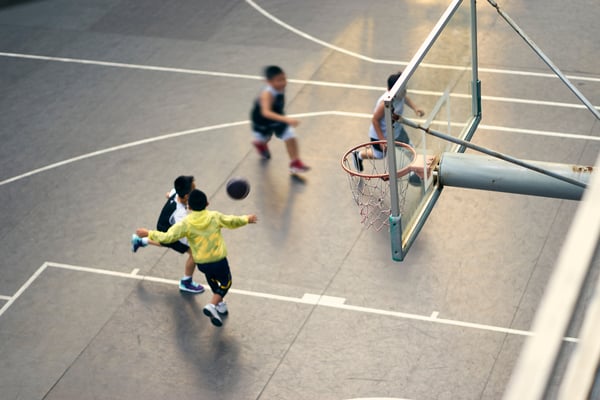In this day when we have better access to sport resources and are generally more savvy when choosing what sport to engage in, how do we as parents help our kids choose theirs?
The first thought on many of our minds – intentional or not - could be wishing or even expecting our kids to go for what we like, perhaps our own childhood sport aspiration or what we excel in. This is certainly not quite the direction we should take.
Related read:
My Goals or My Child's?
Putting our kids’ needs at the centre of it all, there are still so many options. Should it be a solo or a team sport, or both? Understanding the benefits and challenges of each could help us make a better decision.
Individual sport helps foster mental strength, independence, resilience and self-confidence in kids. They learn to self-motivate as they work towards outdoing themselves and bounce back from poor performance in a competitive environment. There is also greater flexibility and freedom with training timing and duration, and focus can be on their own needs and personal areas of improvement – which hone their planning, problem-solving and self-discipline.
On the other hand, the pressure of training, success and failure could be solitary and heavier, which may affect our child mentally and emotionally. This definitely calls for us parents to be more mindful and attentive to how our kids cope.

Team sport, in comparison, leans towards a need for cooperation and teamwork. The emotional and mental support for team members and sense of camaraderie are much higher, through which the team can become even more united. Some children also perform better in a group, as they learn from others and are encouraged to do their best amid healthy competition or to help their team score. Thriving in a group environment, our kids will also learn how to socialise and communicate – both on and off the court - not only with peers but also with adults they come into contact with, such as coaches and teachers.
Team sport do require a certain standard across members, which may translate into bigger pressure to stay on par. To foster the teamwork and unity, each child has to overcome differences to play with others.

How do we help our kids choose? Here are some areas we can consider:
Diversity. Why choose? As mentioned earlier, resources are a lot better and more accessible now. Allow our children the diversity and variety, let them explore on their own and decide what they want to focus on, later.
Fun. While sport is serious business, don’t forget to still let our children have fun. If they enjoy the activity they are doing, their enthusiasm will likely last longer. Not only this, have fun together with our kids – make time to engage in sport with them.
Basic Needs. At a much younger age and during their developmental years when they are training basic motor skills and learning how to interact with others, they likely benefit from a mix of both individual and team sport.

Suffice to say, both categories of sport bring about much benefits for our children. Why choose for them or even make them choose? They can afford to go with their own preferences, even follow a best friend, or try out new activities during family time. As parents, we can provide guidance and options, without putting too much pressure on our kids.
For more tips on how to choose sport for your kids:
Sport for Different Age Groups
Don’t forget to check out all the sport options at ActiveSG’s Academies and Clubs (A&C).





